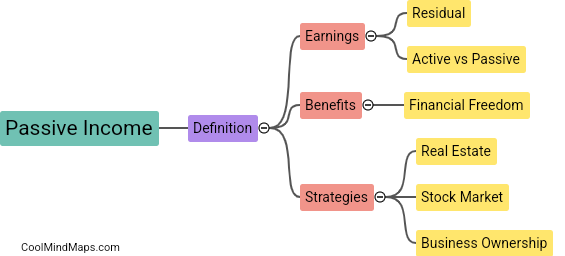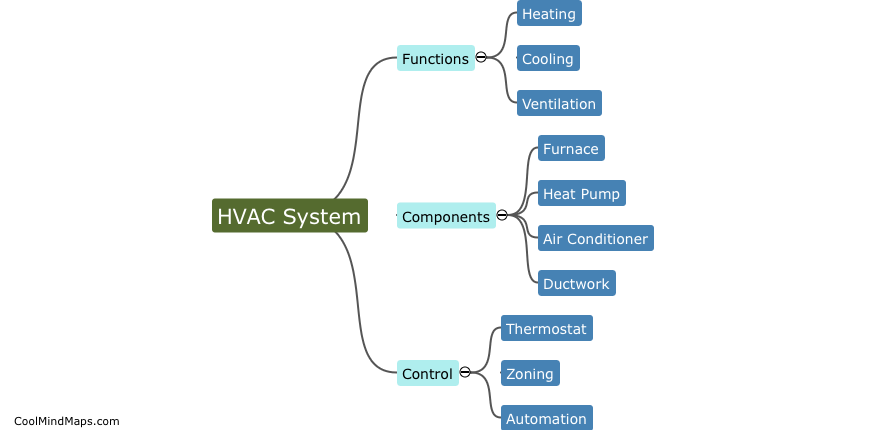What is Ohm's Law?
Ohm's Law is a basic principle of electrical engineering and physics that describes the relationship between voltage, current and resistance in an electrical circuit. It states that the current flowing through a conductor is directly proportional to the voltage applied across it, and inversely proportional to the resistance of the conductor. This law is fundamental to understanding the behavior of electrical circuits and is widely used in practical applications such as calculating the power consumption of electronic devices, designing circuitry, and troubleshooting electrical problems.

This mind map was published on 23 April 2023 and has been viewed 111 times.











